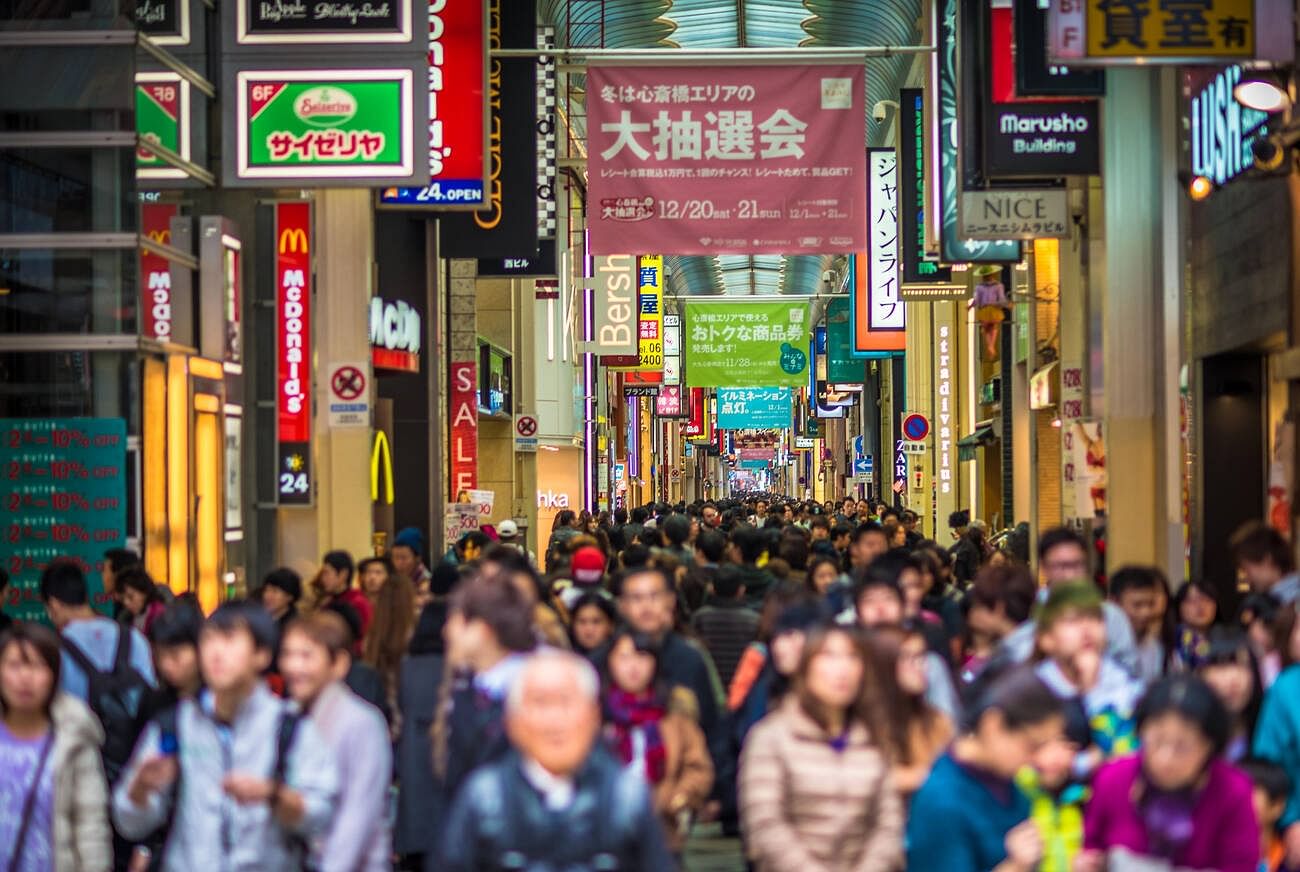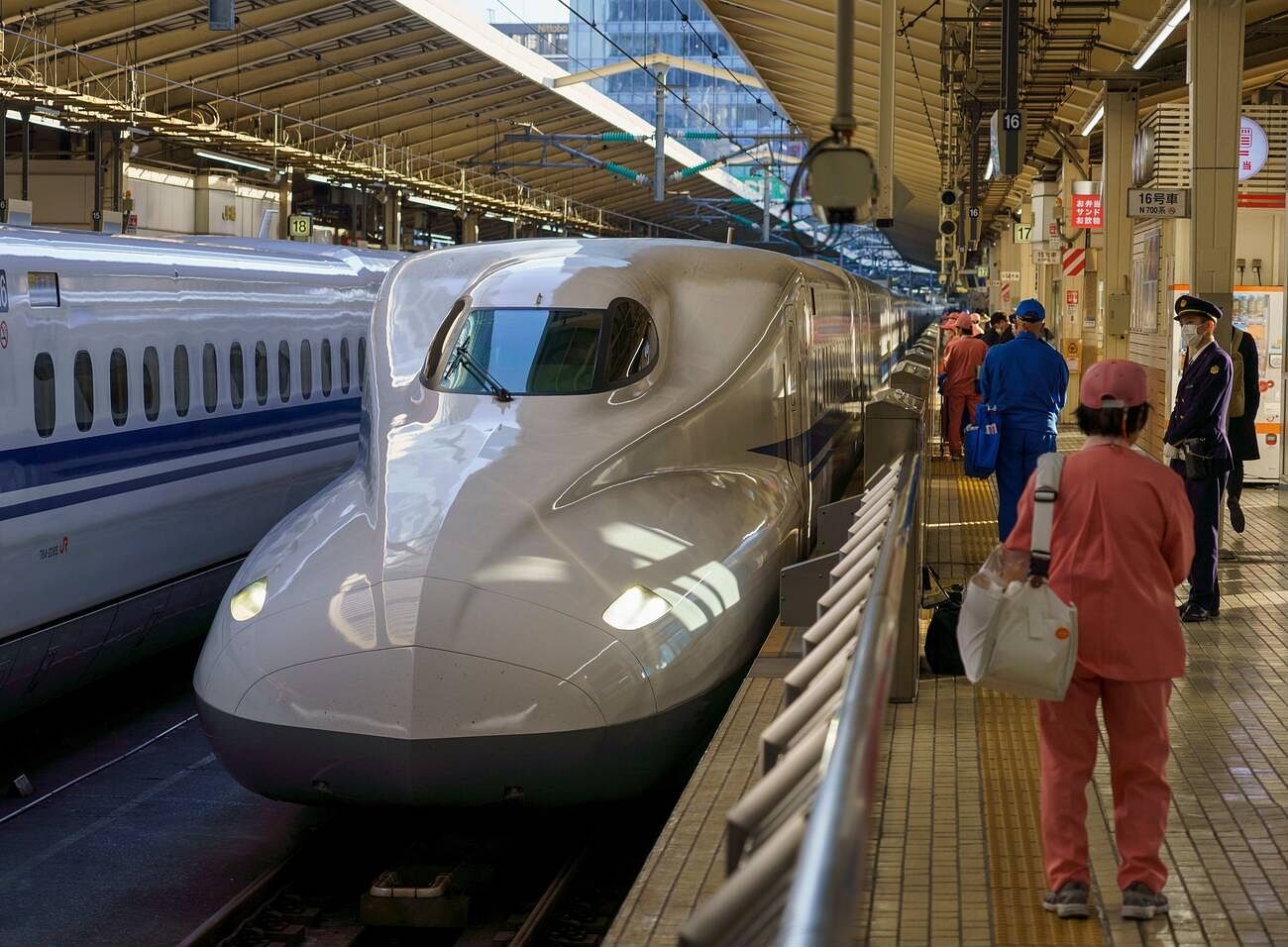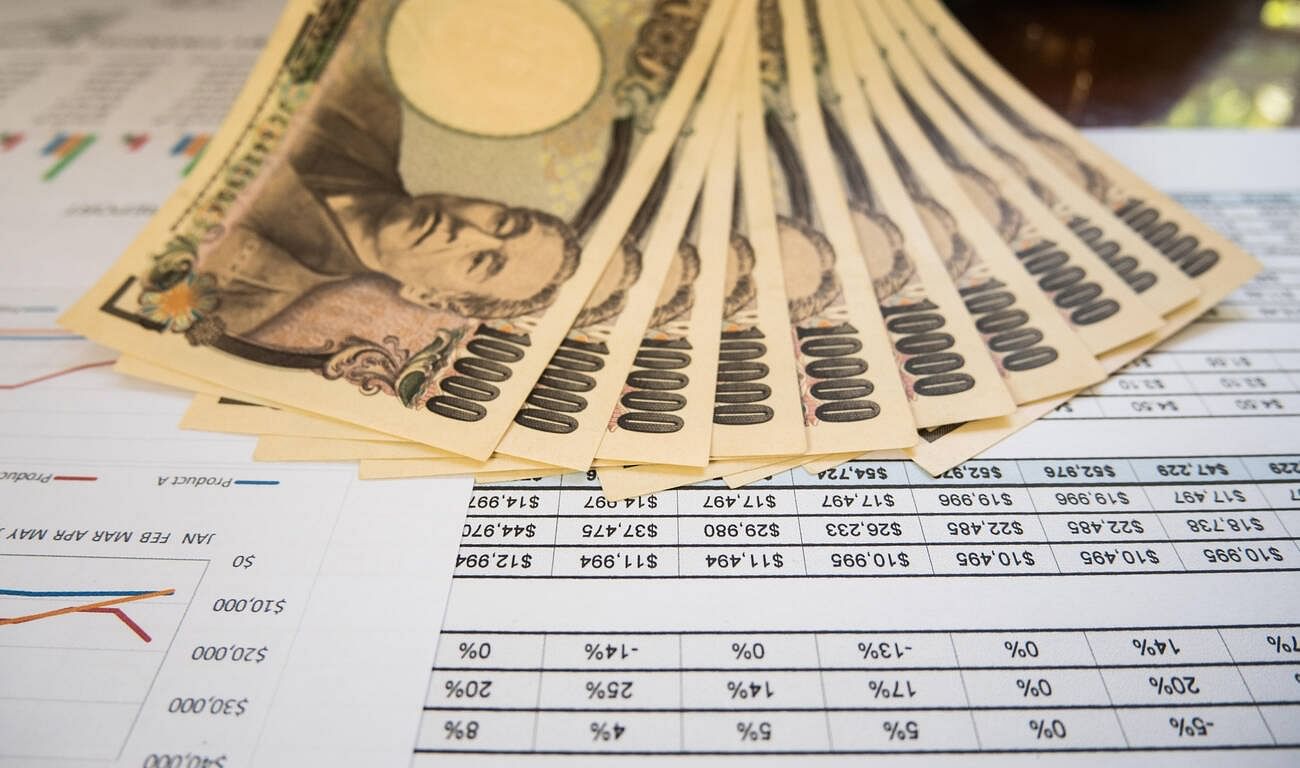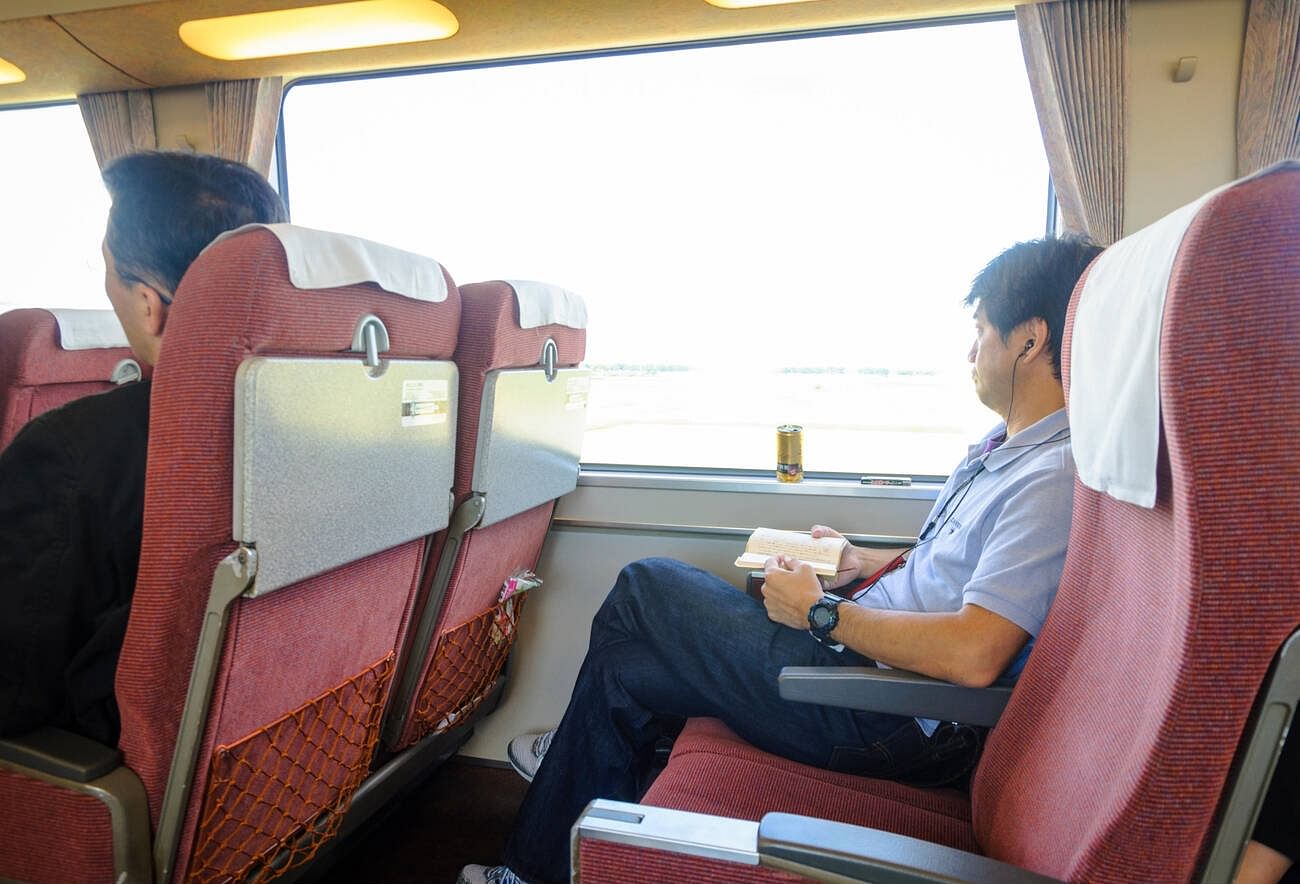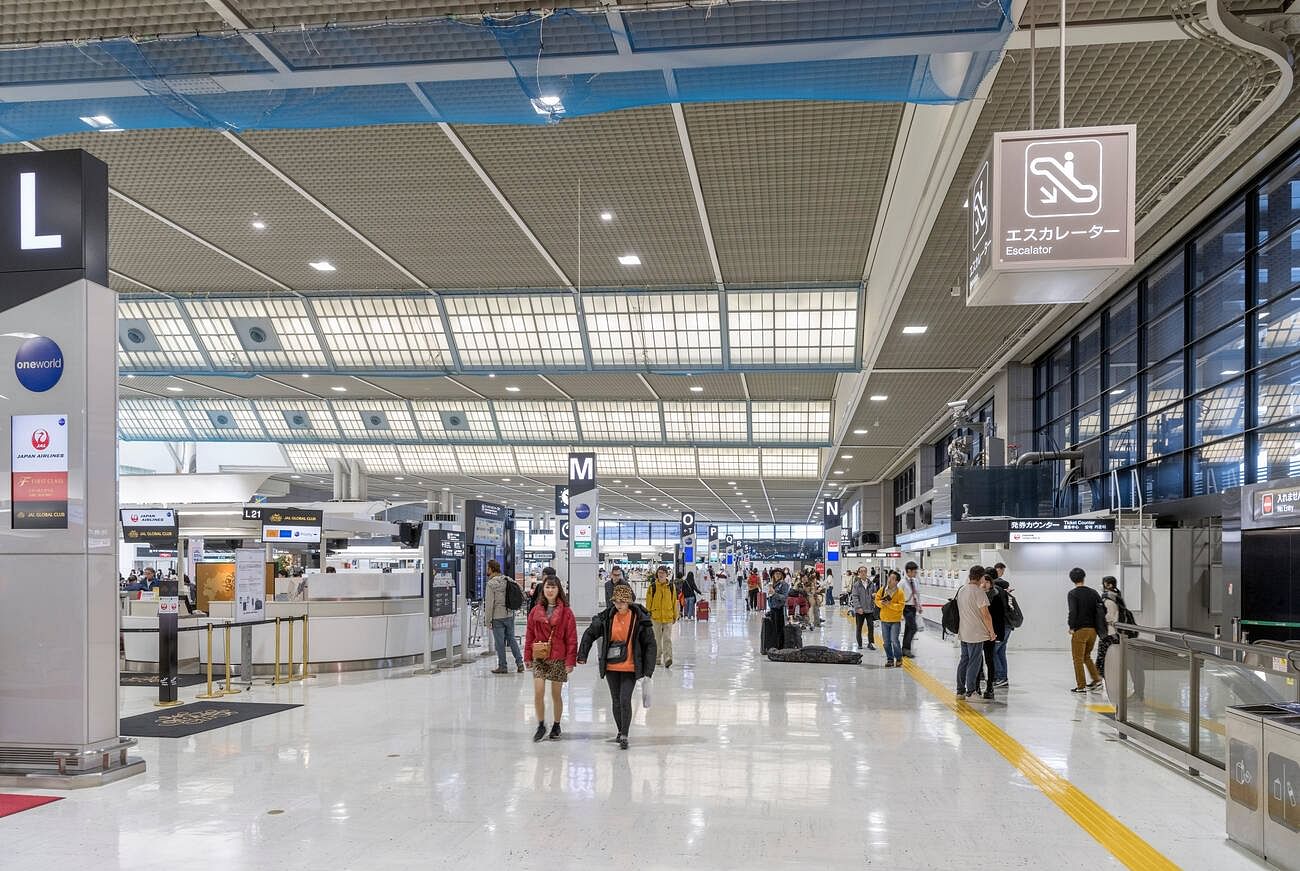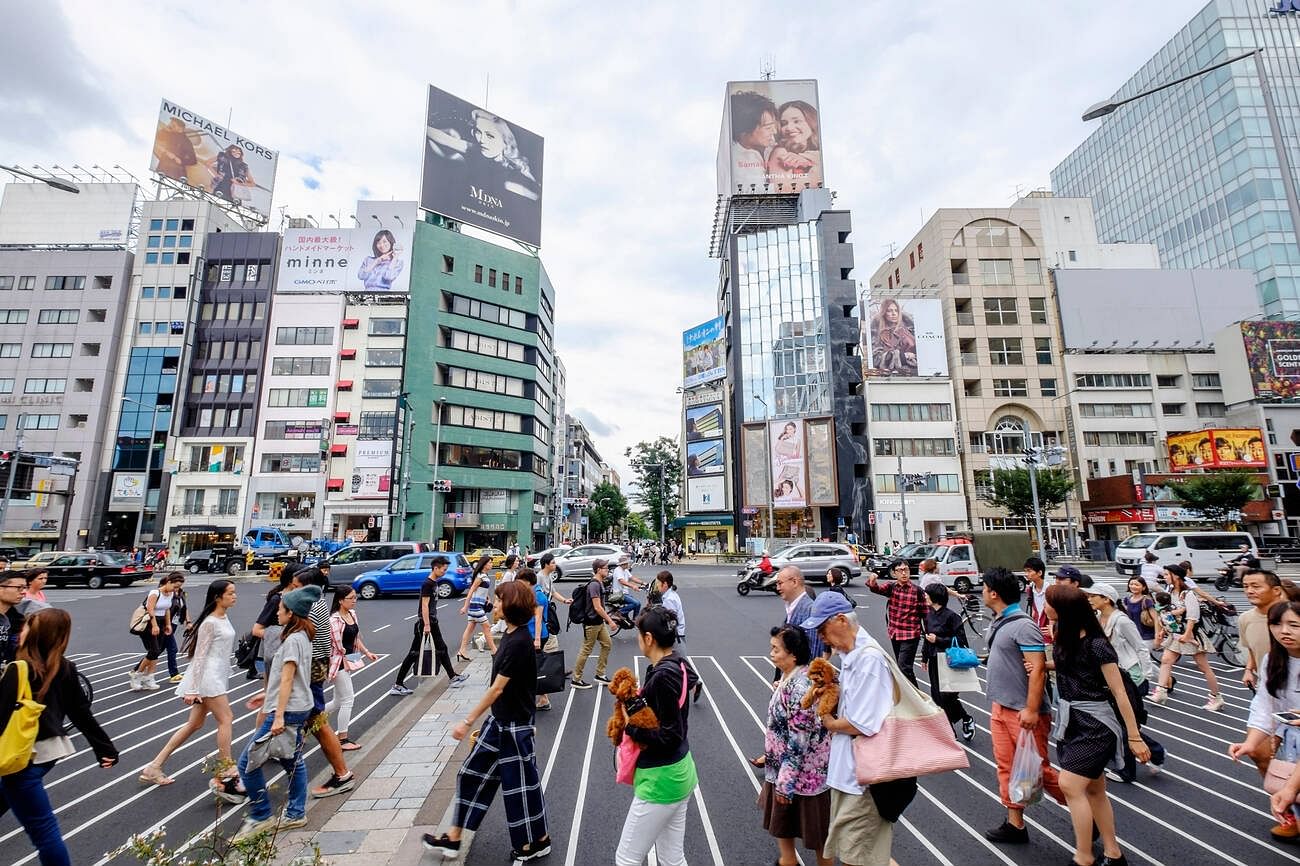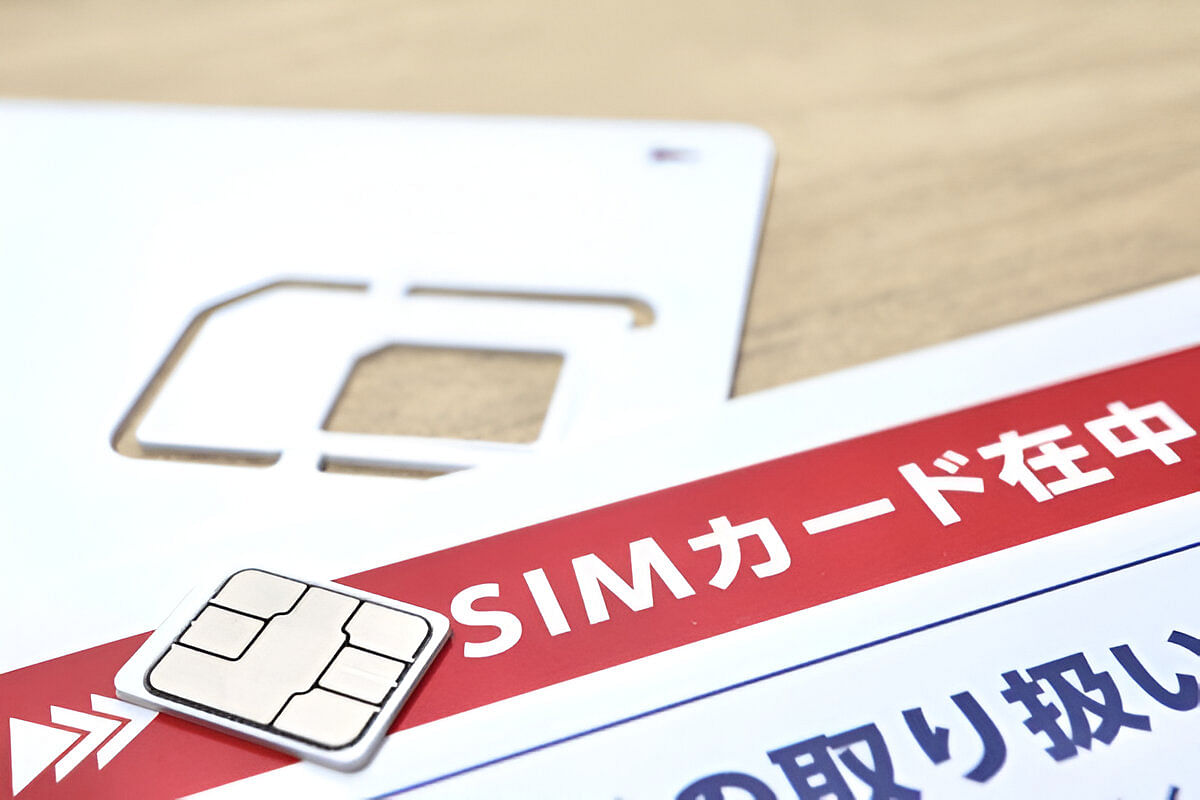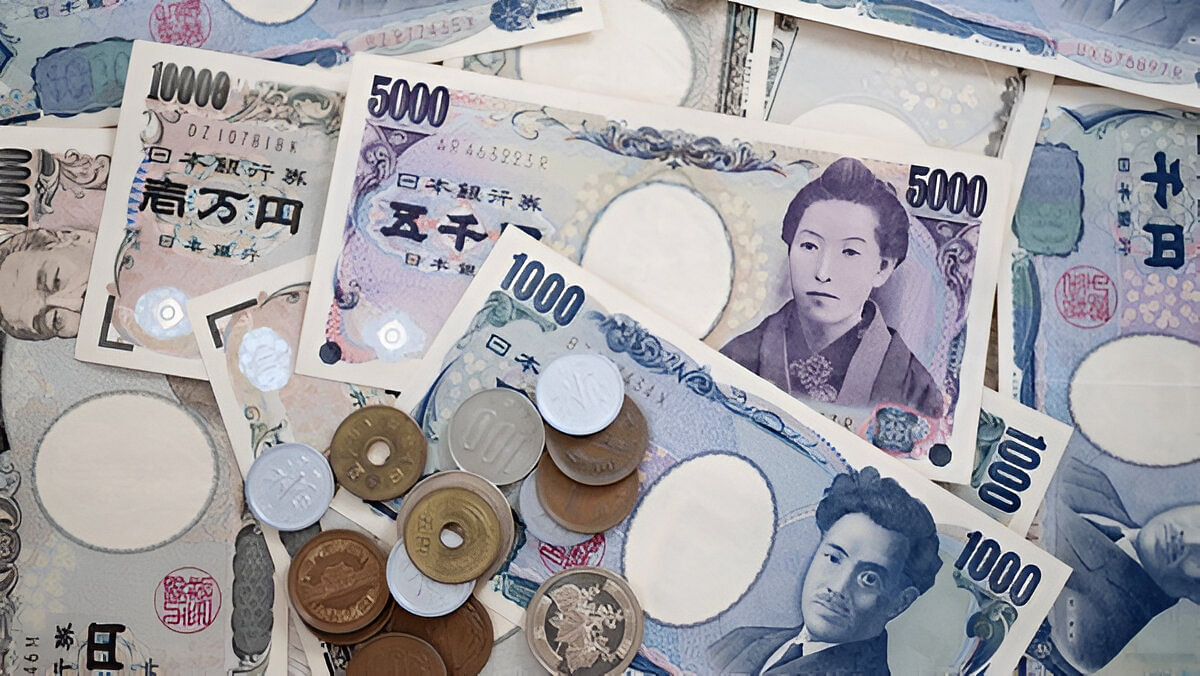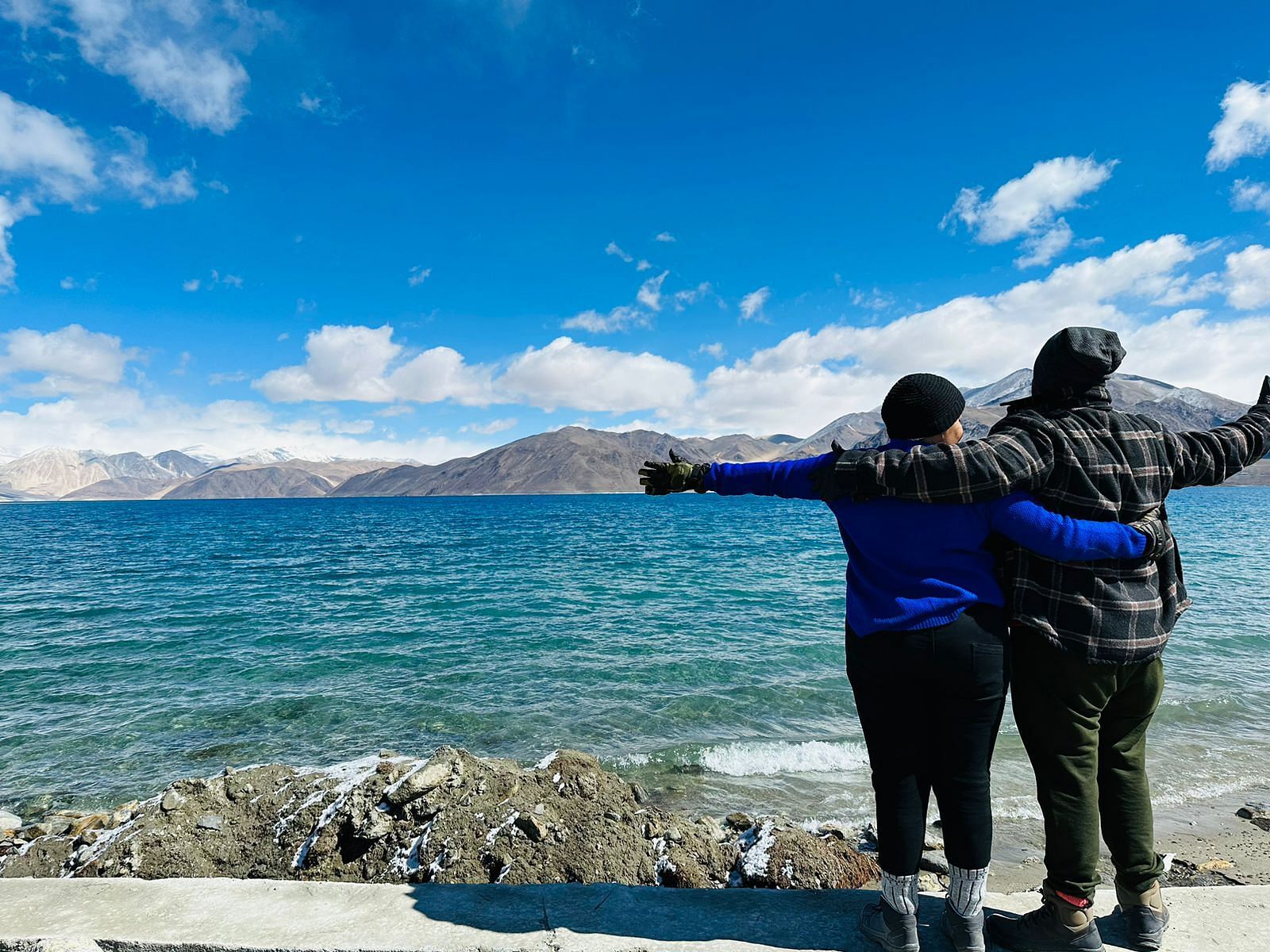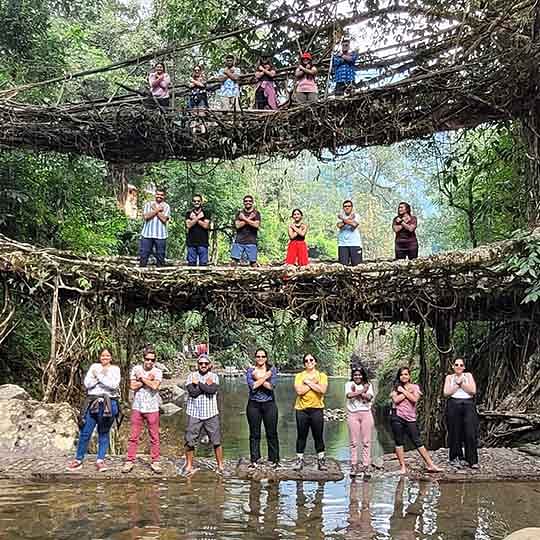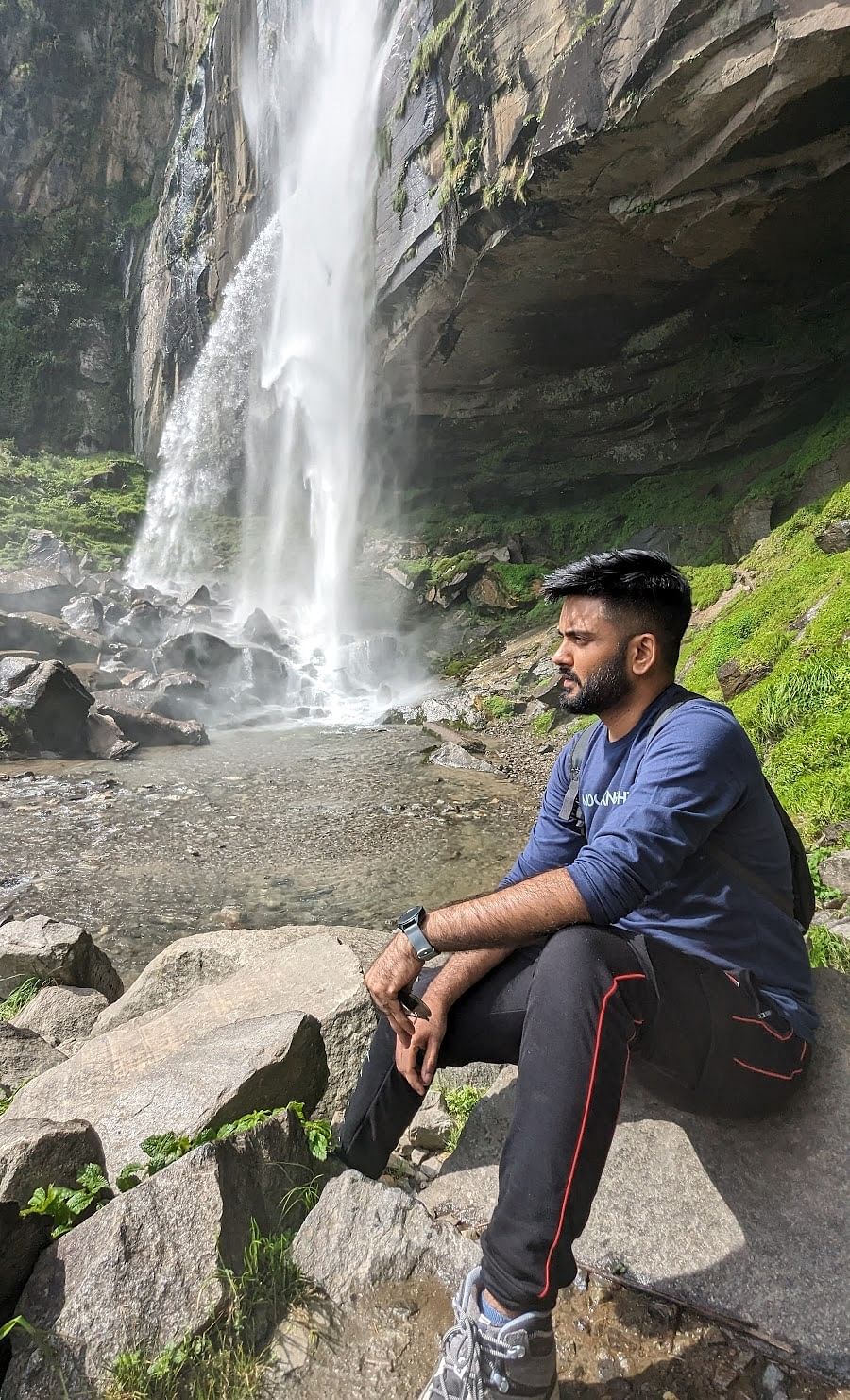If you’re wondering how to travel in Japan, you’re not alone. Japan is a destination that offers various experiences ranging from natural beauty, rich cultural heritage, and the view of futuristic cities. It is a dream destination for travelers around the globe.
From discovering hidden gems to navigating efficient transport systems, the best time and the right budget, with our Japan tour packages you will be able to cover everything. So whether you are travelling solo, or as couples, or even with your family, knowing about the essentials of travel in Japan is a key to a safe, smooth, and unforgettable experience.
How to Plan a Trip to Japan?
Here’s all you need to know about how to travel in Japan:
Know About Visa Requirements
Indian citizens need a tourist visa in order to travel to Japan and they can apply for it via VFS Global or through the Japan eVisa portal (for single entry visits). It takes around 5 working days to process. The visa fee is INR 450 (tourists) and the e-visa fee is INR 500 (both single entry and multiple entry).
Decide the Duration of Your Stay
How many days in Japan is enough? While a short trip can offer a glimpse of Japan in 5 days. However, to fully cover both iconic destinations and hidden gems, it is recommended to plan your trip for a minimum of 10 days to a maximum of 14 days. In this duration, you will be able to cover cultural cities like Kyoto, Nara, and modern metropolises like Tokyo and Osaka, and scenic spots like Hakone or Hiroshima.
Japan offers different experiences in different seasons, therefore you need to know how to plan a trip to Japan at the right time.
- Summer (June to August): Great for festivals but can be humid
- Spring (March to May): Cherry blossom season
- Autumn (September to November): Colourful fall foliage
- Winter (December to February): Skiing in Hokkaido and snow festivals
For first timers, consider covering the Golden Route. It is advisable to begin planning your trip at least 3 months in advance for the hotel availability and best flight deals.
- Tokyo (modern Japan, nightlife)
- Osaka (food capital, Universal Studios)
- Kyoto (temples, tea houses)
- Nara (deer parks and temples)
- Hiroshima (history and peace parks)
Transportation in Japan: Getting Around Efficiently
One of the top reasons people fall in love with Japan is its seamless public transport system. Understanding about transportation in Japan is essential when focusing upon how to plan a trip to Japan in order to save time, money and be stress free.
Bullet Train in Japan (Shinkasen): The Fastest Way to Travel
The bullet train in Japan is one of the fastest and most convenient and comfortable ways to travel between cities when in Japan. The trains here are punctual with speed reaching up to 320 km/h and the railway system is very well interconnected.
Popular Routes for Japan Travel Planning:
- Tokyo to Kyoto: 2 hours 20 minutes
- Osaka to Hiroshima: 1.5 hours
- Tokyo to Hokkaido: Around 4 hours
Tips for Using Bullet Train in Japan:
- Buy a JR Pass before arriving in Japan
- Choose from ordinary and green (first-class) carriages
- Best part is that you can also reserve your seats in advance
Local Trains & Metros
Every major city has a reliable subway system of trains and metros for transportation in Japan:
- Suica and Pasmo cards work across metro networks
- Hyperpedia and Google Maps help with route planning
Buses & Airport Transfers
- Buses are cheaper but slower than trains
- Limousine buses offer direct connections to airports
Taxis & Uber Cab
- Taxis are clean, safe, and expensive
- Japan also has Uber cabs, but availability is limited
How Much Does It Cost to Travel to Japan?
Another important thing that you must consider while planning how to travel in Japan?- is to know how much does it cost to travel to Japan? in order to plan your budget accordingly.
Budget Travelers ($70–$100/day):
- Accommodation options include hostels or capsule hotels
- For transportation you can use metro which will both cheaper and convenient
- Street food, convenience store meals are comparatively cheaper than restaurants
Mid-Range Travelers ($150–$250/day):
- Boutique hotels or Airbnb can offer comfortable stays
- Mix of casual dining and attractions offer amazing culinary experiences
- JR Pass and local train fares can make transportation easier and safer
Luxury Travelers ($300+/day):
- 4 or 5-star hotels, ryokans (traditional inns) offer luxury and prime accommodation options
- Fine dining and exclusive experiences of best Asian and Japanese food
- Private transfers and first-class train seats to commute between cities
Pro Cost-Saving Tips:
- If you are planning to visit more than 3= cities, use the JR pass
- To save on food expenditure, eat at conveyor belt sushi and ramen shops
- Shop tax-free by showing your passport at stores
Solo Travel Japan: Is It Safe & Fun?
Solo travel Japan is one of the most rewarding experiences, here’s why?
Safety First
- Japan is considered as one of the safest countries in the world with low crime rates and highly respectful locals, therefore you don't need to worry about safety during solo travel Japan
Accommodation
- There are various stay options for solo travelers in Japan. While solo travelers can consider capsule hotels, guesthouses and hostels provide social interaction
Dining
- There are many restaurants that welcome solo diners. Apart from that for a budgetary experience you can consider street food options. Ramen counters, izakayas, and sushi bars are also solo-friendly
Experiences
- While solo travel in Japan you can have several experiences where you can join group tours for Mt. Fuji or Ghibli Museum and enjoy me-time in hot springs or manga cafes
How to Reach Japan from India?
Japan is well-connected to India via major international airports. You are suggested to book your flights early for seasonal deals especially during spring and autumn.
Major Airlines:
- Direct Flights: Air India, Japan Airlines, and ANA operate direct flights from Delhi and Mumbai to Tokyo.
- One-Stop Options: Carriers like Thai Airways, Singapore Airlines, and Emirates provide connecting flights from other Indian cities.
- Entry Points: Tokyo Narita (NRT) and Haneda (HND), Nagoya Chubu Centrair Airport (NGO), and Osaka Kansai International Airport (KIX)
The best time to visit Japan largely depends on what kind of experience you're looking forward to, from cherry blossoms, snowy adventures, vibrant festivals, and autumn leaves. Here’s a breakdown to help you choose the right time as per your preferences:
Spring (March to May): Best for Cherry Blossoms
- Highlights: Cherry blossom (sakura) season is one of the most iconic times to visit Japan. Parks, castles, and riversides are draped in pink
- Best Regions: Tokyo, Kyoto, Osaka, and Hirosaki
- Events: Hanami festivals, Golden Week (late April to early May)
- Weather: Mild and pleasant (12°C–20°C)
Summer (June to August): Best for Festivals & Mountains
- June: Rainy season (tsuyu), especially in central Japan
- July–August: Hot and humid, but great for highland retreats and festivals
- Best Regions: Hokkaido (cooler weather), Okinawa (beaches), Mt. Fuji (climbing season)
- Events: Gion Matsuri (Kyoto), Tenjin Matsuri (Osaka), Fireworks festivals
Autumn (September to November): Best for Fall Foliage
- Highlights: Brilliant red, orange, and yellow leaves blanket temples, mountains, and city parks.
- Best Regions: Kyoto, Nikko, Nara, Tohoku
- Events: Autumn festivals, harvest celebrations
- Weather: Cool and comfortable (10°C–20°C)
Winter (December to February): Best for Snow & Onsen
- Highlights: Powder snow in the north, snow monkeys in Nagano, and steaming hot springs
- Best Regions: Hokkaido, Nagano, Tohoku, and Japanese Alps
- Events: Sapporo Snow Festival, New Year (Shogatsu), Christmas illuminations
- Weather: Cold (0°C–10°C), heavy snowfall in northern regions
Communication & SIM Cards in Japan
Staying connected is essential in Japan, especially for translation and navigation:
Buying a SIM Card:
- You can buy a sim card at airports, convenience stores, and even online. Popular providers include B Mobile, Mobal, and Sakura Mobile
Pocket Wi-Fi:
- Ideal for groups or multiple devices. You can also rent at airports or online and return before departure
Free Wi-Fi:
- Available in major stations, hotels, and cafes.Still limited in rural areas, so a SIM or Wi-Fi device is recommended
Forex & Currency Exchange in Japan
The official currency in Japan is the Japanese Yen (JPY)
Exchanging Currency:
- You can exchange INR to JPY at authorised forex dealers or banks in India before departure. Apart from that, airport exchange counters and ATMs in Japan also offer currency exchange
Using ATMs
- Inform your bank before international use to avoid blocking. International cards accepted at ATMs in Japan Post Bank, 7-Eleven, and Lawson
Digital Payments
- Credit cards are widely accepted in urban areas, However, cash is still preferred in markets, rural areas, and local eateries
Cultural Etiquette: What Tourists Should Know?
Understanding Japanese manners can elevate your experience.
Do’s for Japan Travel Planning
- When greeting bow politely
- Be quiet on public transport
- Remove shoes before entering homes or certain restaurants
Don’ts for Japan Travel Planning
- Don’t tip (it’s considered rude)
- Don’t speak loudly in public places
- Don’t point chopsticks at others or stick them upright in rice
Essential Apps for Traveling in Japan
The following apps can be downloaded by visitors for traveling to Japan:
- Google Maps: For navigation
- Navitime: Specific to Japanese transit
- Google Translate: For menus, and communicating with locals
- Japan Official Travel App: Alerts and tips from the tourism board
Final Thoughts: How to Travel in Japan the Smart Way
Mastering how to travel in Japan involves more than just booking flights and packing bags. It's about choosing the perfect mix of traditional and modern experiences, understanding cultural etiquettes, and navigating Japan’s unmatched transport system with ease.
Whether you’re catching the bullet train in Japan, or exploring hidden gems as a solo traveller, preparation is the key to unlocking Japan’s magic. And for a seamless experience, you can consider WanderOn, a trusted brand that offers expertly curated packages. Ranging from group adventures to offbeat explorations. We ensure you explore Japan in comfort, style, and depth. So get ready, plan wisely, travel smart, and let every moment leave you spellbound.




